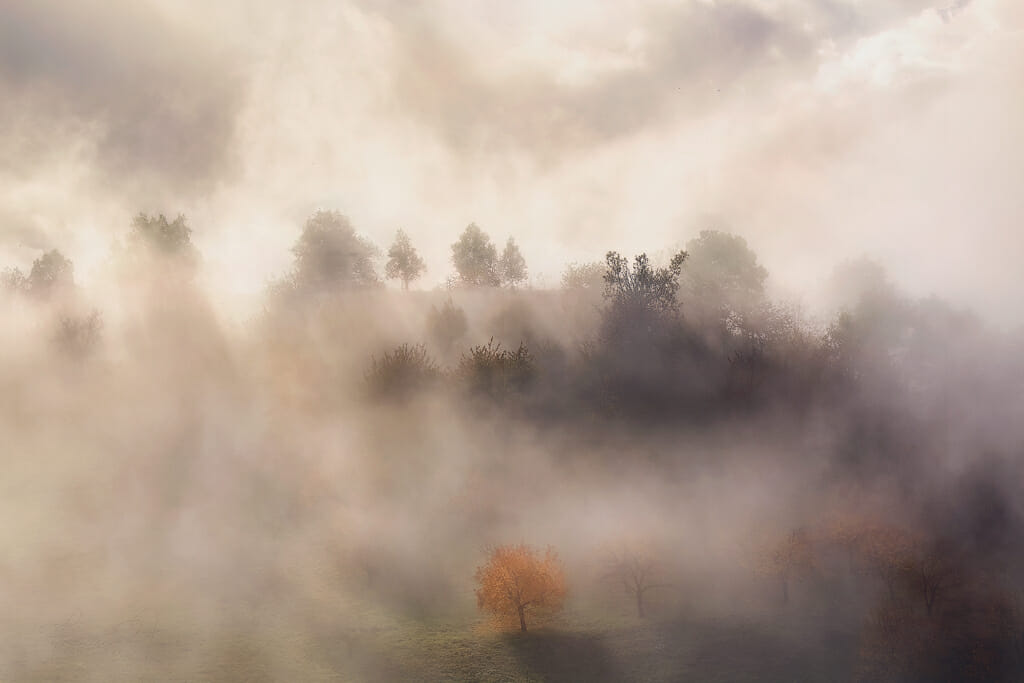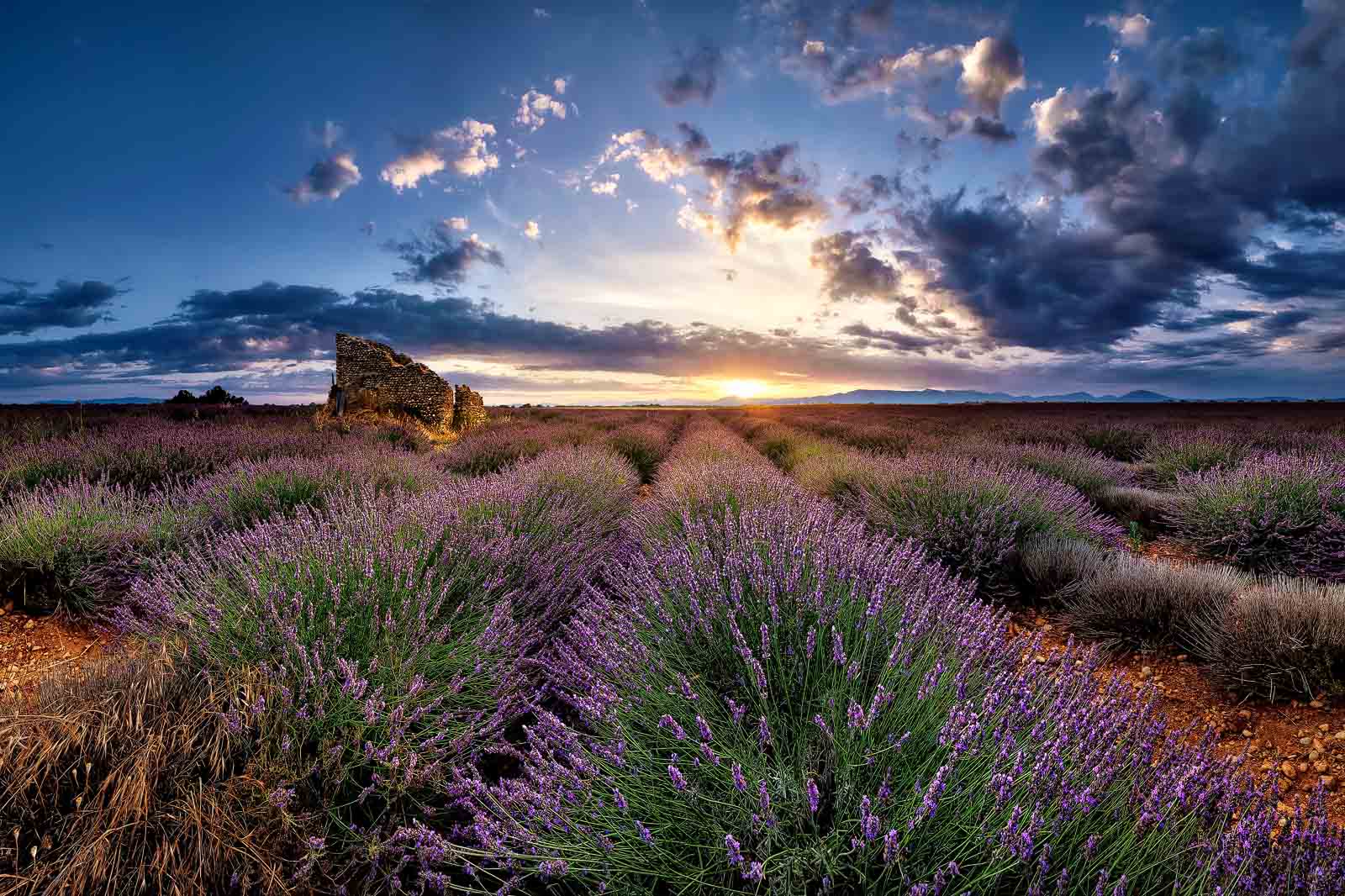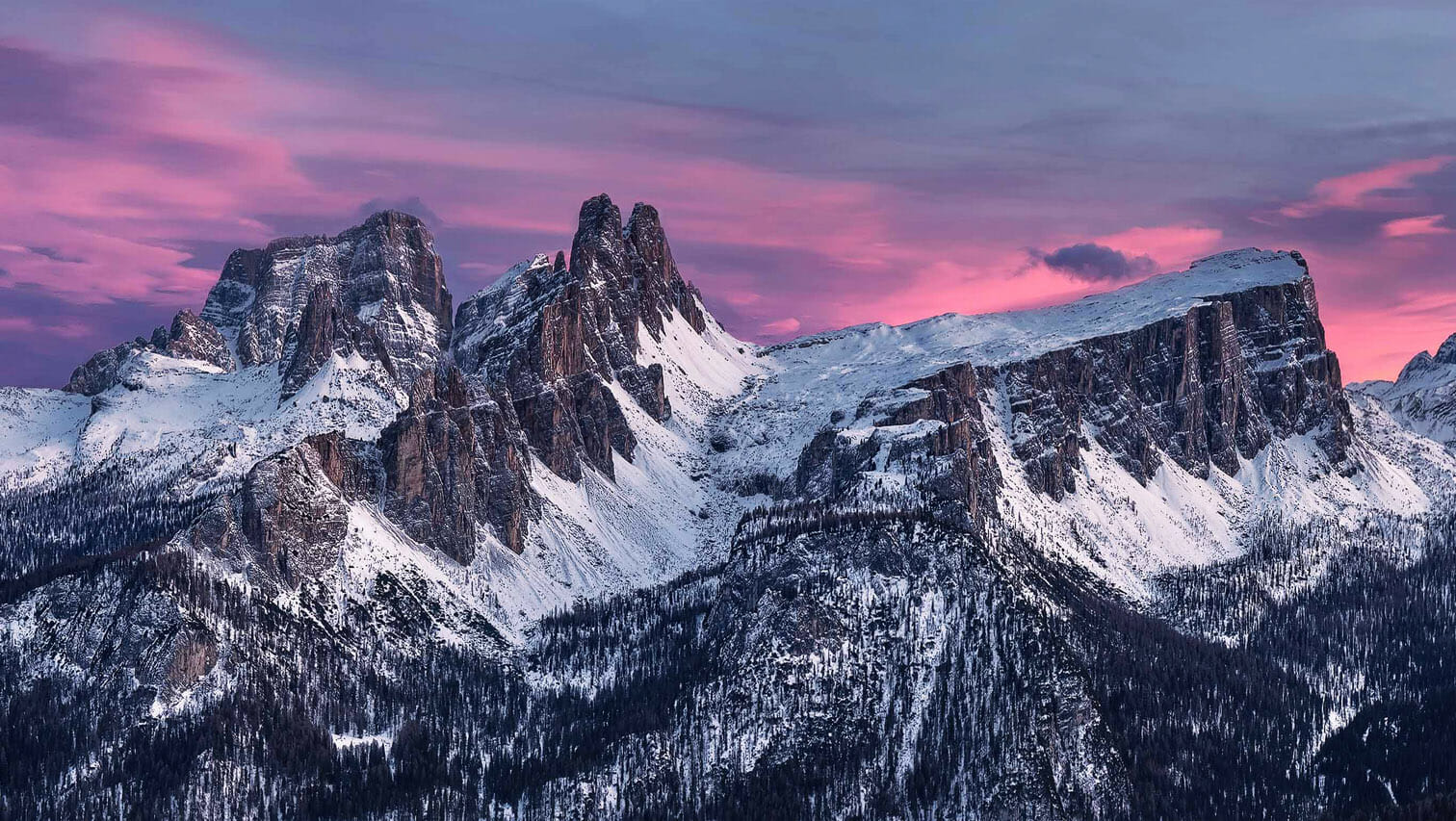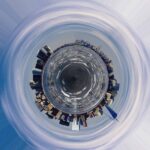Quando per una buona fotografia di paesaggio serve prima di tutto un fotografo!
Blog
When the most important thing to make for a good landscape photograph is ... A PHOTOGRAPHER!
A photographer, yes ... Guess what? A human being ... and of course his photographic tool, his passion, his knowledge of this world, a little bit of luck, but first and foremost ... his ability to looks at things with his eyes, mind, and also ... HEART!
This Blog will explain how these elements should be developed and subsequently cultivated in order to blossom into a shot that satisfies us in the first place and then also those who admire it.
Let’s examine all these elements in the order in which they are listed and see to what extent each of them accounts for photography in practice!
Nowadays, photography is undoubtedly much simpler and more affordable than it was a few years ago, and it is easy to think that taking a smartphone out of one’s pocket is enough to take a good landscape picture, but it is not all that simple!
After spending several years taking pictures, I have come to the conclusion that 4 fundamental elements are necessary to take a good landscape picture. Let’s analyse them one by one and the extent to which they count overall.

Gear
I can’t really say how many times I have heard people saying “I just have an amateur camera …” or “that photographer has very expensive camera equipment, no wonder he takes beautiful pictures!”
I’ll give you some good news: in my opinion, camera equipment accounts for no more than 10%!
While specific accessories or tools are definitely necessary in some photographic genres (for example, deep sky astrophotography necessarily requires a star tracker; shooting birds almost always requires the use of a very powerful telephoto lens), a reflex or mirrorless camera and a lens suitable for the desired genre are generally sufficient to take good pictures.
There is no need for the most expensive or best performing camera equipment: a little bit of inventiveness and creativity generated by a well-combined heart-mind vision, as discussed in more detail later in this article, will enable everyone to get great pictures!
Now, you are probably wondering what is, then, the point of spending thousands of euro in costly equipment. A better lens or camera surely helps a photographer, making certain operations easier and less time-consuming, especially during shooting and postproduction phases. Of course, as a professional photographer, I appreciate this help a lot, but believe me, it is unnecessary to take a good picture, so no more excuses!
Photographer
Well, yes, a photographer’s skills count, who would have thought? Indeed, they count a lot! The background of skills a photographer acquires over time is key to a successful picture. This involves a lot of experimentation, learning new techniques, refining previously known techniques, observing other people’s work and the nature around us and … it never stops: a photographer does this all the time!
The experience acquired shot after shot will help you develop the famous “photographer’s eye”, which is nothing but a photographer’s ability to identify photogenic and generally harmonious compositions and, above all, the ability to tell a story through that very limited rectangular space of the camera frame. The latter ability, in particular, leads to that fantastic world that I love, made up of stories that start from one’s heart and mind and that are captured by the photographer’s eye. I will tell you more about this when explaining how my logo was born.
Several videos are available over the Internet that compare the shots of professional photographers working with just a smartphone with those of amateur photographers who use very expensive equipment. Do you know what the result is? Well, the result is that the pictures taken by a “well-trained” photographer are all pleasing to see: nothing there is out of place. This is what you will learn to do: you will refine your compositions shot by shot and you will become increasingly skilled.
I report here a quote by Henry Cartier-Bresson in which I strongly believe: “the first 10,000 pictures are the worst”.
I think this is absolutely true and if I now look back at the pictures I took two or three years ago, I struggle to believe they are my work! One improves and does so quickly, so we should all be shooting!
And what about the heart and mind I sometimes refer to while explaining theoretical notions? Well, they are not for sale, we have them inside ourselves and we know them! The only thing we have to do is to activate and channel them in the right way. Travelling is first of all a way for me to understand how I can nurture and develop these assets! This job is one where there is much to learn at all times, and this matters!
Planning too is a very important aspect of a photographer’s skills and I will devote several separate articles to this. When shooting a landscape, “chance” is nearly irrelevant. It is the photographer’s duty to do research and be in the right place at the right time.
However, something wonderful may suddenly appear before us, perhaps while we are looking for other things in one of our shots, for example a meteorite that seems to hit the Earth but that, in the end, just touches it slightly: these are extraordinary events we do not expect and that perhaps we will see only once in our life! This is what is known as Serendipity; we will address this important aspect later in our blog, because we have to be ready to capture it as it helps us make great photos and care for our soul!

Editing and Post production
The importance of this point may vary slightly depending on photographic genre: however, here are my thoughts on landscape photography.
The camera’s sensor, no matter how good it is, will never compare to your eyes. The human eye is the best camera and what we can see is not always captured by our camera in the same way. Just to make an example, imagine shooting a portrait against the light at sunset. The sky or the subject-person will be in focus, but you will not be able to have both at maximum sharpness at the same time.
In truth, the camera’s sensor collects and stores all the necessary information when we shoot in the RAW format and through digital development (the darkroom equivalent for old film): this is the first editing step that allows for a picture to be much more in line with what our eyes really see when shooting.
In addition to the development of the RAW, there is a whole world of editing and fantasy to be discovered. It depends entirely on the way you see and interpret photography, but it must be studied properly.
So, when I am asked if “it is worth learning a little post-production” my answer is absolutely yes! This is important for your pictures to have an edge over others’.
Personally, I try to express and emphasize in my shots the emotions I feel in those wonderful moments when I am out taking pictures, plunged in the world’s nature and in my thoughts: here is where a door opens up on the heart and soul of who is shooting, and here is the place where everything starts. That’s right ... This is where the shot comes from. It starts inside ourselves to be transposed into the viewfinder.

Luck
We have analysed almost all the percentages of elements that make for a nice picture, but there is one more point that never hurts: luck. Perhaps you are a good photographer and you can even rely on good equipment, perhaps you have a good grasp of the necessary techniques and you may have even planned a shot in detail, but at the end of the day, you also need a little bit of luck and hope, for example, that Mother Nature will be propitious and offer you a breath-taking sunset or sunrise! Or you may hope that that particular event of Serendipity will occur!
Photographer’s skills and planning abilities are often misunderstood and minimised, as if “luck” had a major role, but this is not the case, and that is why I recognise that the blind goddess of fortune accounts for a small, and yet indispensable, percentage.
However, I’ll never get tired of saying that luck alone will not make for the art of photography: Heart and passion are what you really need.
I think photography is an art! It is the art of capturing that emotional solar phenomenon, in which the artist combines lights, shadows, techniques, nuances and pure emotions to give rise to an extraordinary creation.

No Comments
Leave a comment Cancel reply
Copyright 2019 - 2025 Francesco Fanti All rights reserved. VAT N° 03752761209



Ottima iniziativa. Ti seguirò con grande interesse.